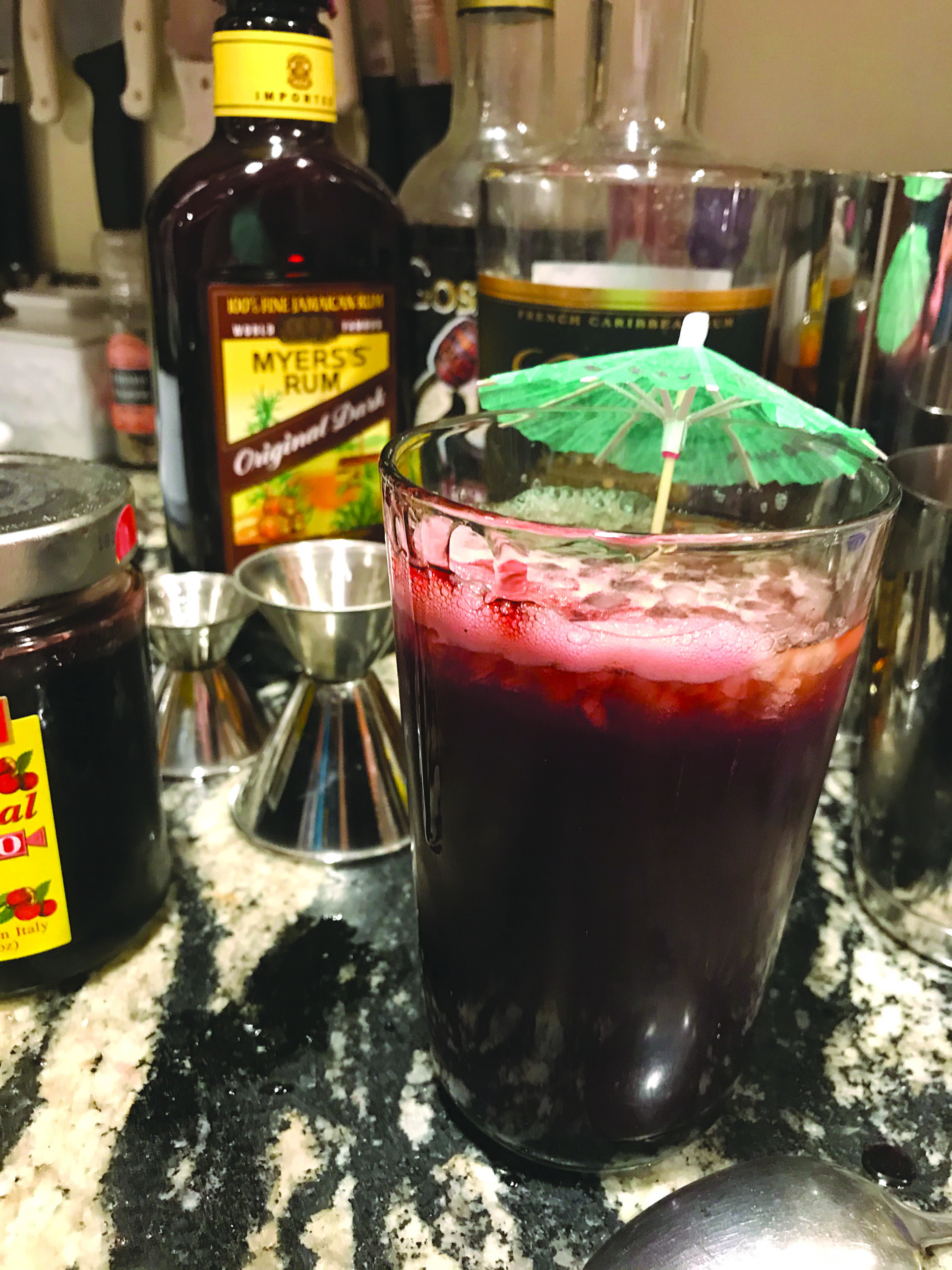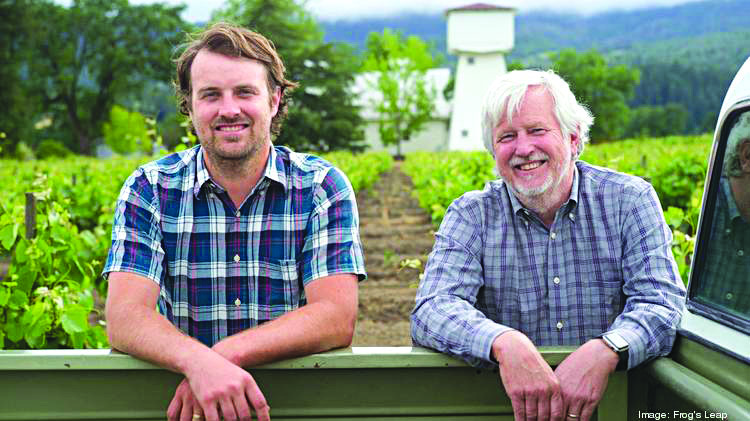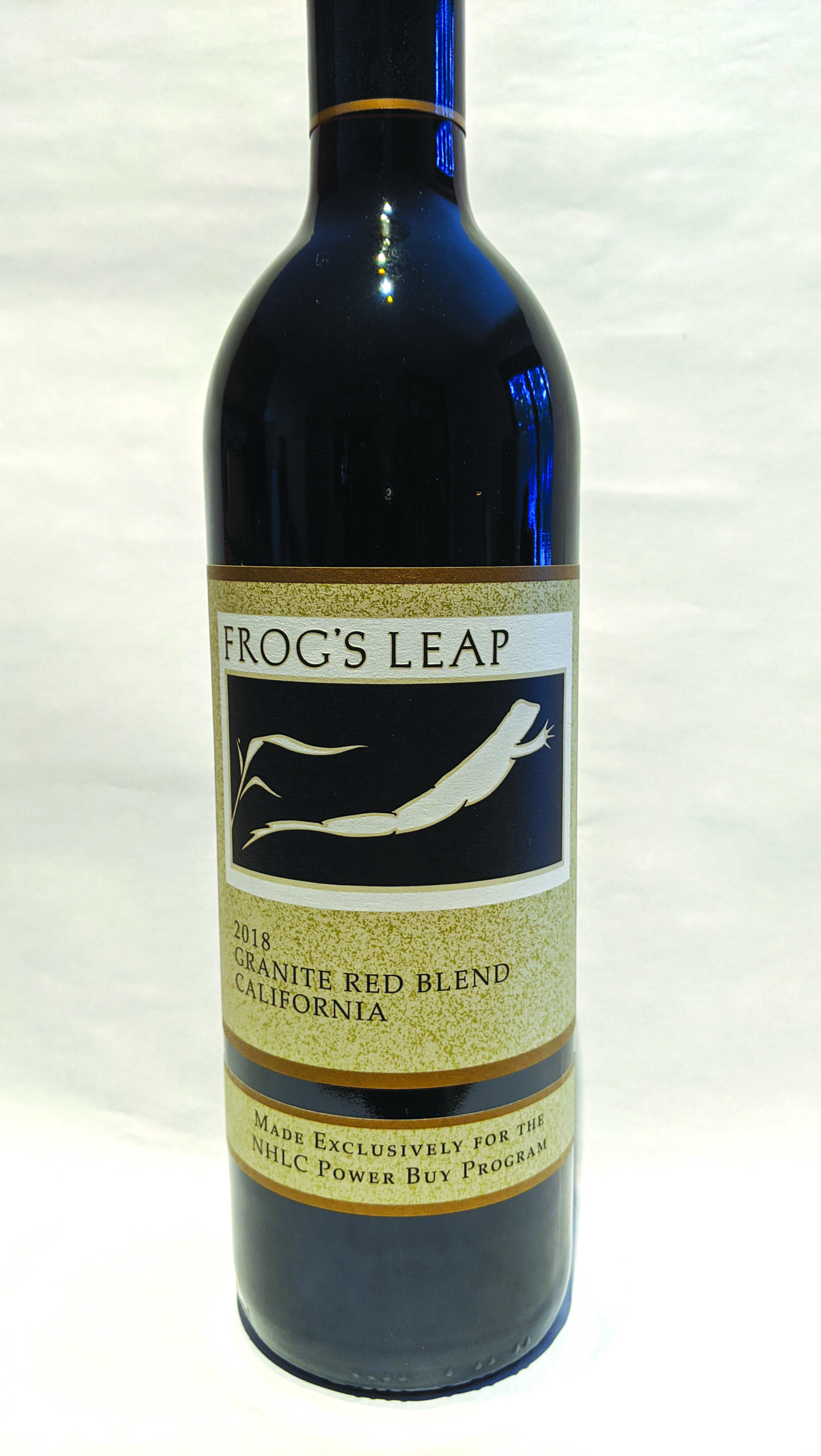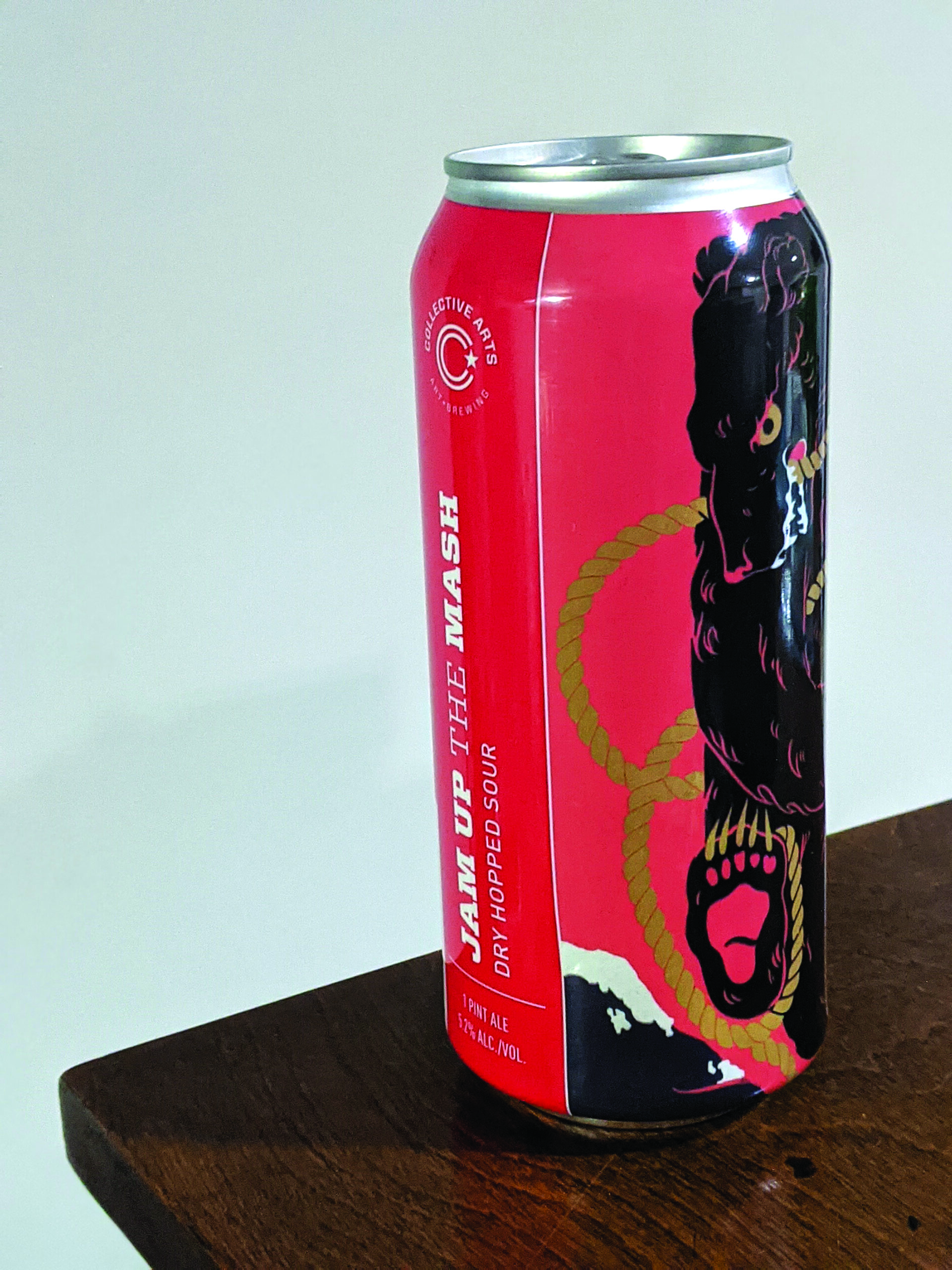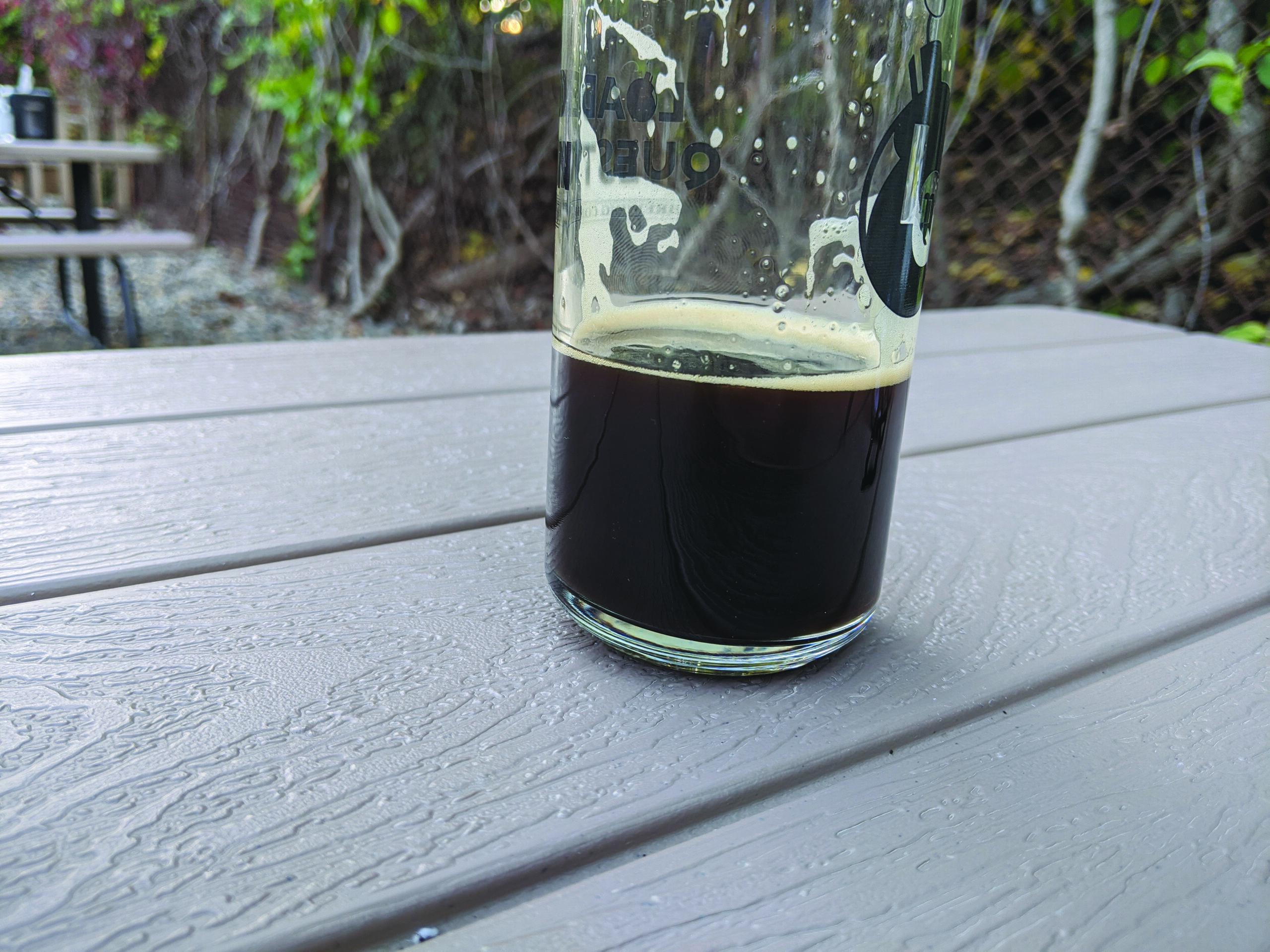One fairly common New Year’s resolution is to read more classics of literature. I didn’t actually make that resolution this year, because I really don’t need any more sources of failure and self-recrimination. But that said, I’m probably ahead of the game and have read more classic literature during the first few weeks of this year than many people who did make that resolution.
To wit, 1951’s The Holiday Drink Book.
I did rather well for myself over the holidays and was given several antique cocktail books, this being easily the most festive.
Is it dated? Yes. Does it include dated references to ingredients — claret or sauterne, for example — that we don’t use anymore? Undoubtedly. Does it include unfortunate illustrations of leprechauns, cannibals and serving wenches? Um, yes. That, too.
That said, given the first few weeks of this new year, I think we could all use a stiff drink. And if you are looking for a stiff drink, I say, go to the source — the 1950s, the era of the Three-Martini Lunch. And, if you are looking for a stiff drink from the 1950s, you could do worse than go with the grandfather of all stiff drinks, a Zombie. The Holiday Drink Book puts it rather well: “In appearance and effectiveness the Zombie is the king of all table drinks.”
I’m a big believer in sticking strictly to a recipe the first time I make something. It drives me crazy when someone omits all the butter from a recipe and replaces half the flour with oat bran, then complains that their muffins taste cardboardy. It’s a good idea to cook what the recipe’s author had in mind before messing with it too much.
But you do need to draw the line somewhere.
Did I use four types of rum in my test Zombie, as specified? I did. Did I garnish it with fresh mint leaves and a dusting of powdered sugar? Yes.
But here’s where The Holiday Drink Book and I parted ways: Their recipe calls for papaya juice.
Now, I don’t want to hurt your feelings if you happen to be a papaya, but certain harsh truths need to be recognized. Papaya is a trash fruit. If fruit cocktail and oatmeal had a torrid half-hour in the alley behind a bar, the result would be something very much like papaya. So I had to play with the recipe a bit. Ultimately, this is what I came up with:
The Purple Zombie
The juice of one lime – approx. 2 oz.
1 oz. pineapple juice
1 oz. frozen grape juice concentrate – the deeply purple kind
1 oz. golden rum
2 oz. dark rum – I used Meyers’s
1 oz. white rum – I went with Mr. Boston
½ oz. apricot brandy
Enough over-proof rum to float on the surface of the cocktail – in my case, Gosling’s Black Seal 151-proof dark rum
4 up-market cocktail cherries – right now, I really like Luxardo.
Fresh mint leaves to garnish
1) Combine the first seven ingredients in a cocktail shaker with ice. Shake until very cold. I like to include one of the spent lime halves, as well. I don’t know for a fact that it improves the flavor, but I like to give limes the vote of confidence. They are the hardest-working members of the citrus family, and I like to make them feel needed.
2) Remove the lime half, then pour the contents of the shaker — ice and all — into the most garish tiki glass you own.
3) Float ½ an ounce or so of the 151 over the top of the drink. Pour it over the back of a spoon, much like you would the whiskey in an Irish Coffee, so it stays on the surface.
4) Garnish with snobby cocktail cherries and fresh mint. If your mint leaves are large, chiffonade them (cut them into ribbons).
Three important points about The Purple Zombie:
a) The mint leaves totally make this drink. Somehow the herbiness of the mint plays very well off the dominant taste of the cocktail, which is the rum. Don’t skip the mint.
b) Do skip the powdered sugar. I’m not entirely sure what they were thinking with that one.
c) “Wait a second. You got all snobby about papaya, then replaced it with frozen grape juice concentrate? What kind of beatnik hypocrite are you?” What can I say? It works. The drink needs some sweetness to balance the alcohol and the grape juice concentrate does that very well while adding to the fruitiness. Why not just grape juice? It isn’t quite sweet enough. You need to go with the hard stuff.
Plus, it turns your Zombie purple.
Am I saying that drinking a Zombie will remove any of the heavy weight that the past year has put on your shoulders? No. But I am saying that if you approach it right, a good Zombie might give you the emotional shoulder pads to allow you to claw your way through to February.
Featured photo: Photo by John Fladd.

